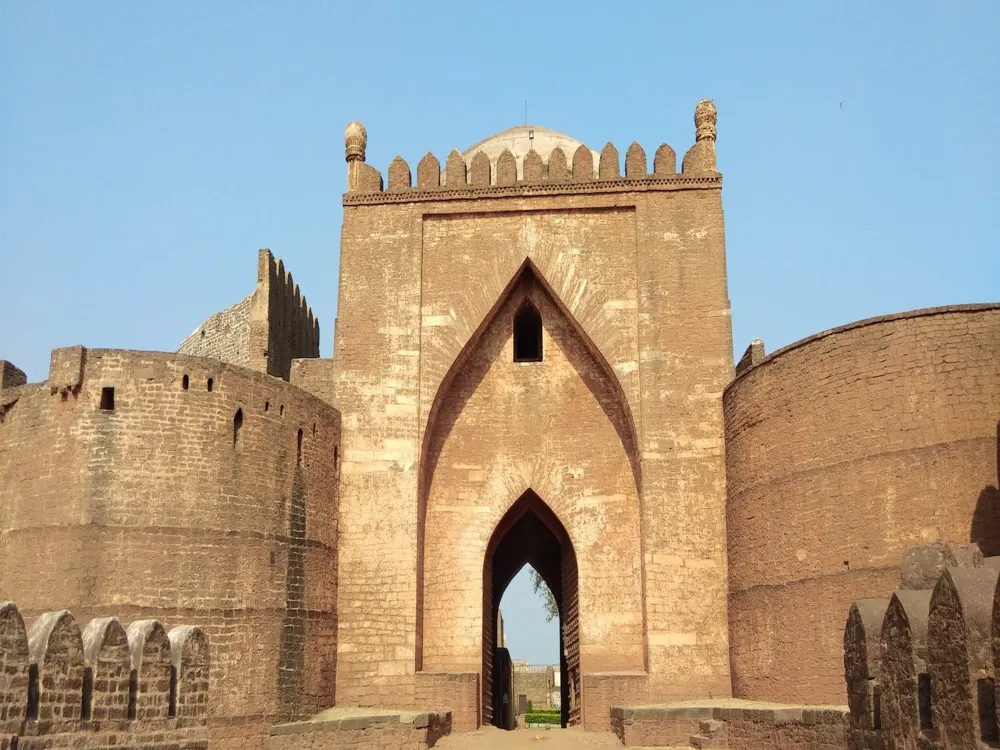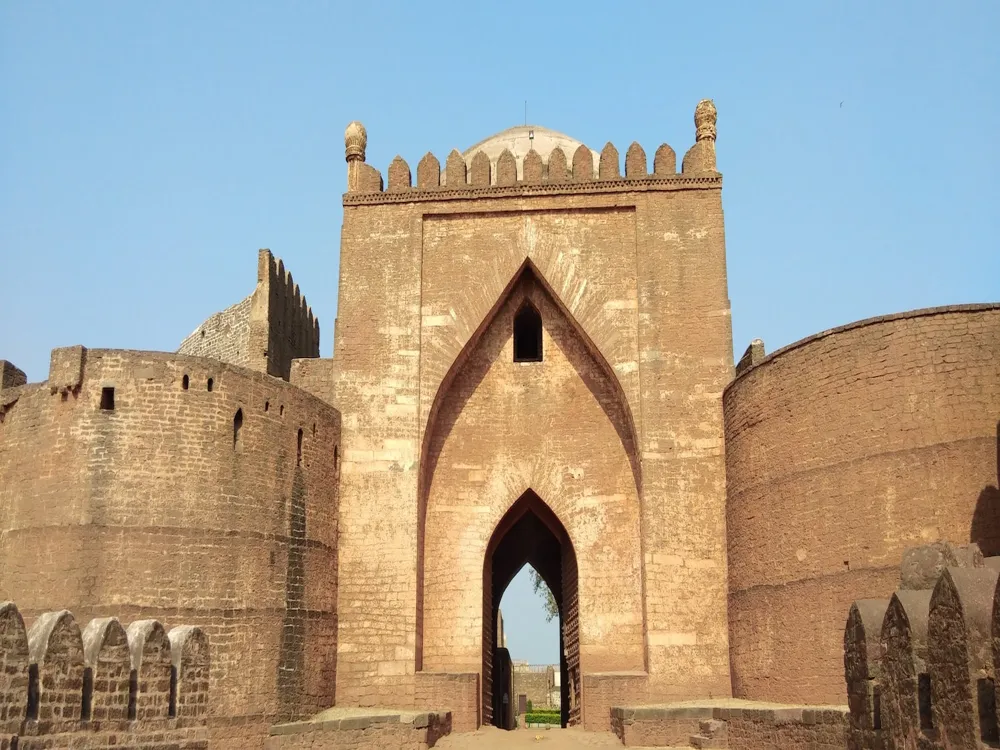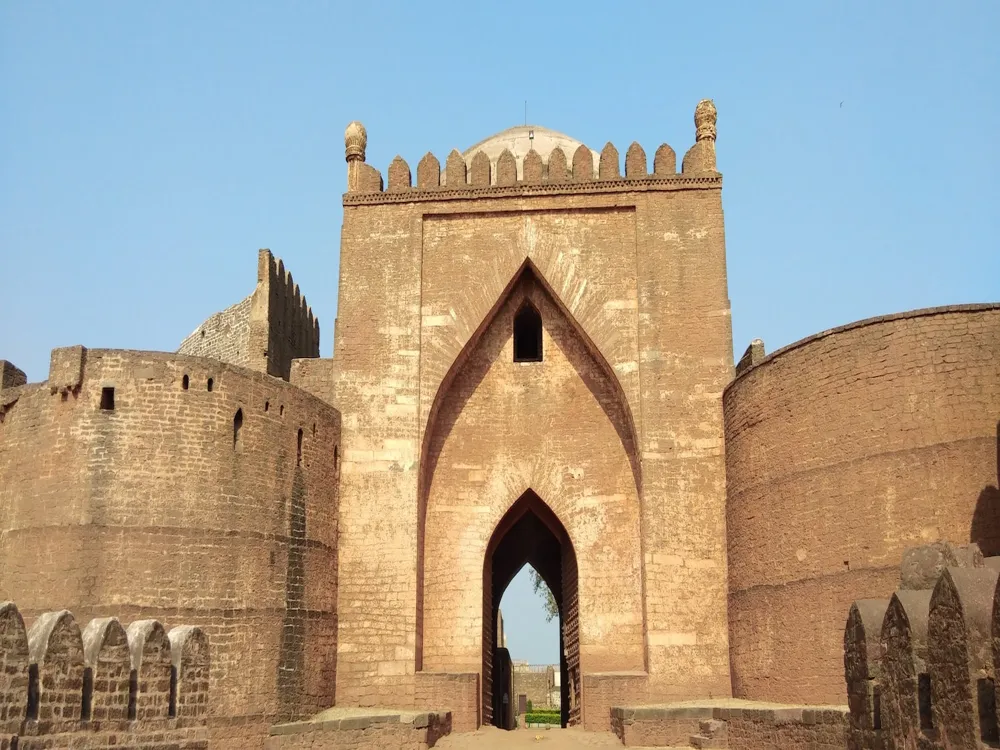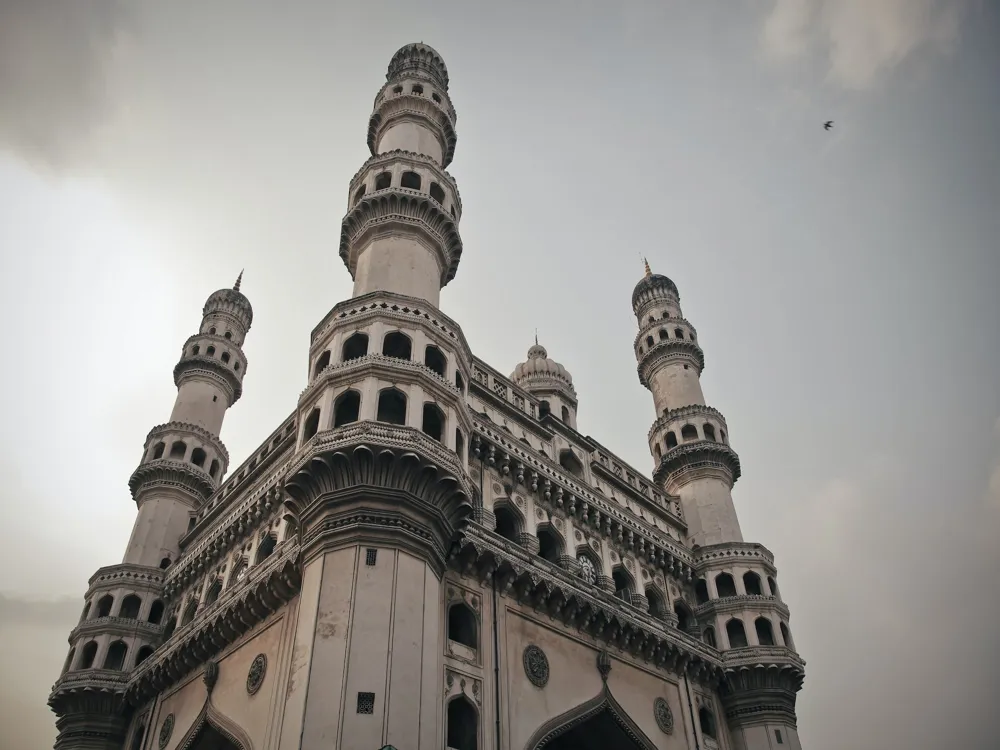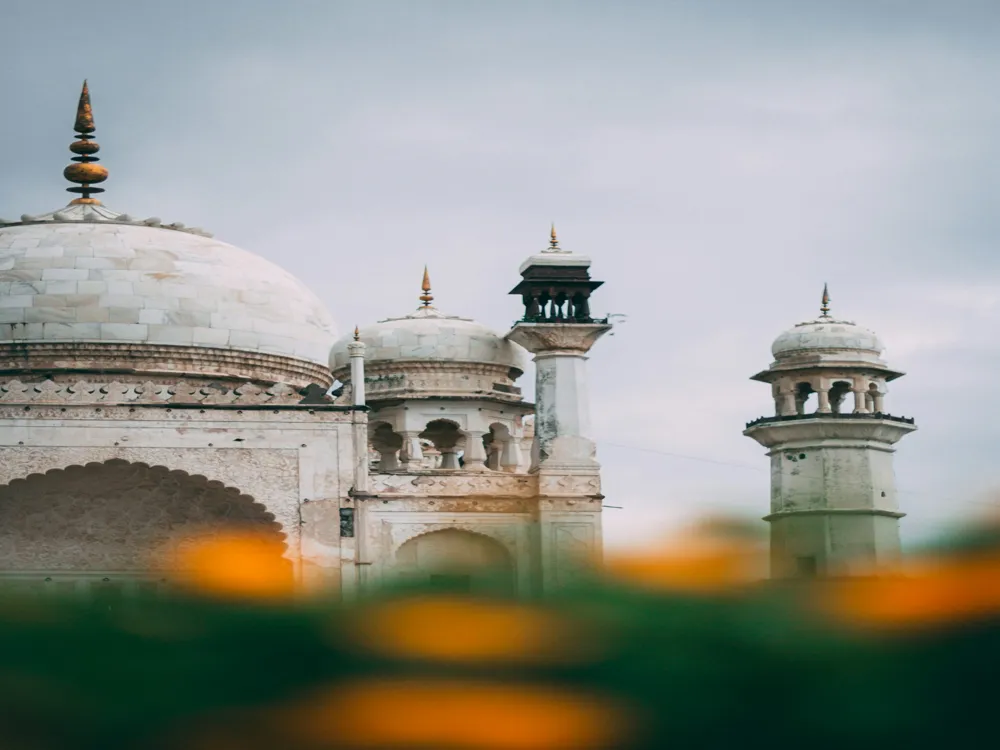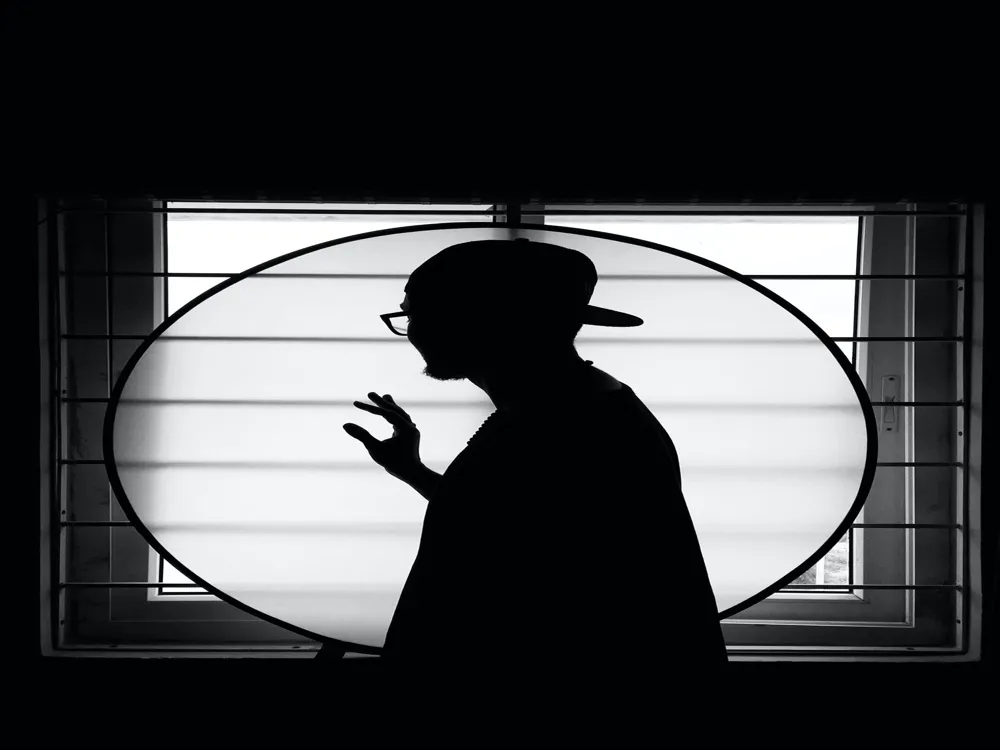The Bahmani Tombs of Bidar, Karnataka, are a remarkable testament to the architectural grandeur of the Bahmani Sultanate, which ruled over the Deccan region of India from the 14th to the 15th century. These tombs, located in the northeastern part of Karnataka, offer a fascinating insight into the rich history and culture of the era. The Bahmani Tombs are known for their unique blend of Persian and Indian architectural styles, reflecting the cultural syncretism of the period. One of the most striking features of the Bahmani Tombs is their intricate craftsmanship. The tombs are adorned with beautifully carved stonework, featuring floral designs, calligraphy, and geometric patterns. The use of vibrant tiles and the play of light and shadow through the jali work (lattice screens) add to the aesthetic appeal of these structures. Each tomb in the complex has its unique architectural elements, making a visit to this site a visually rich experience. The Bahmani Tombs are not just architectural marvels but also serve as a window into the past, telling stories of the sultans and nobles buried here. The serene atmosphere of the tomb complex, coupled with its historical significance, makes it a must-visit destination for history enthusiasts, architects, and tourists alike. The site is an embodiment of the cultural richness and architectural prowess of the Bahmani Sultanate, making it a significant heritage site in the Indian subcontinent. The architecture of the Bahmani Tombs is a unique amalgamation of Persian and Indian influences, creating a distinctive style that is both elegant and grandiose. The tombs are characterized by their large dome structures, which are a hallmark of Islamic architecture. These domes are often flanked by slender minarets, adding to the verticality and grandeur of the structures. The interiors of the tombs are equally impressive, featuring high vaulted ceilings and intricate carvings. The use of local red sandstone and granite in the construction gives the tombs a robust and earthy appearance, while the detailed tile work adds color and vibrancy. The artistic use of calligraphy in the form of Quranic verses and inscriptions adds a spiritual dimension to these structures. Another significant aspect of the architecture is the use of jali work, which allows light to filter through in a patterned manner, creating a serene and contemplative environment inside the tombs. This interplay of light and shadow adds a mystical quality to the interiors, making the experience of visiting these tombs truly memorable. As the Bahmani Tombs are a place of historical and cultural significance, it is advisable to dress conservatively. Comfortable and modest clothing is recommended to respect the site's cultural heritage. Opting for a guided tour can enhance your understanding of the site's history and architecture. Knowledgeable guides can provide insights into the intricate details and historical context of the tombs. The Bahmani Tombs, with their intricate designs and play of light, offer excellent opportunities for photography. However, be mindful of any restrictions on photography within the complex. The best time to visit the Bahmani Tombs is during the cooler months, from October to March, when the weather is pleasant and conducive to outdoor exploration. The Bahmani Tombs are located in Bidar, Karnataka, which is well-connected by road, rail, and air. The nearest airport is the Rajiv Gandhi International Airport in Hyderabad, approximately 150 kilometers away. Bidar has its own railway station, with trains connecting to major cities in India. Additionally, state-run and private buses ply regularly to Bidar from various cities in Karnataka and neighboring states. Once in Bidar, local transportation options like taxis and auto-rickshaws are available to reach the tombs. Read More:Overview of Bahmani Tombs of Bidar, Karnataka
Architecture of Bahmani Tombs
Tips When Visiting Bahmani Tombs
Dress Appropriately
Guided Tours
Photography Tips
Best Time to Visit
How To Reach Bahmani Tombs
Bahmani Tombs
Bidar
Karnataka
NaN onwards
View bidar Packages
Weather :
Tags : Tombs & Mausoleums
Timings : Open 24 hours
Entry Fee : None
Planning a Trip? Ask Your Question
Bidar Travel Packages
View All Packages For Bidar
Top Hotel Collections for Bidar

Private Pool

Luxury Hotels

5-Star Hotels

Pet Friendly
Top Hotels Near Bidar
Other Top Ranking Places In Bidar
View All Places To Visit In bidar
View bidar Packages
Weather :
Tags : Tombs & Mausoleums
Timings : Open 24 hours
Entry Fee : None
Planning a Trip? Ask Your Question
Bidar Travel Packages
View All Packages For Bidar
Top Hotel Collections for Bidar

Private Pool

Luxury Hotels

5-Star Hotels

Pet Friendly







